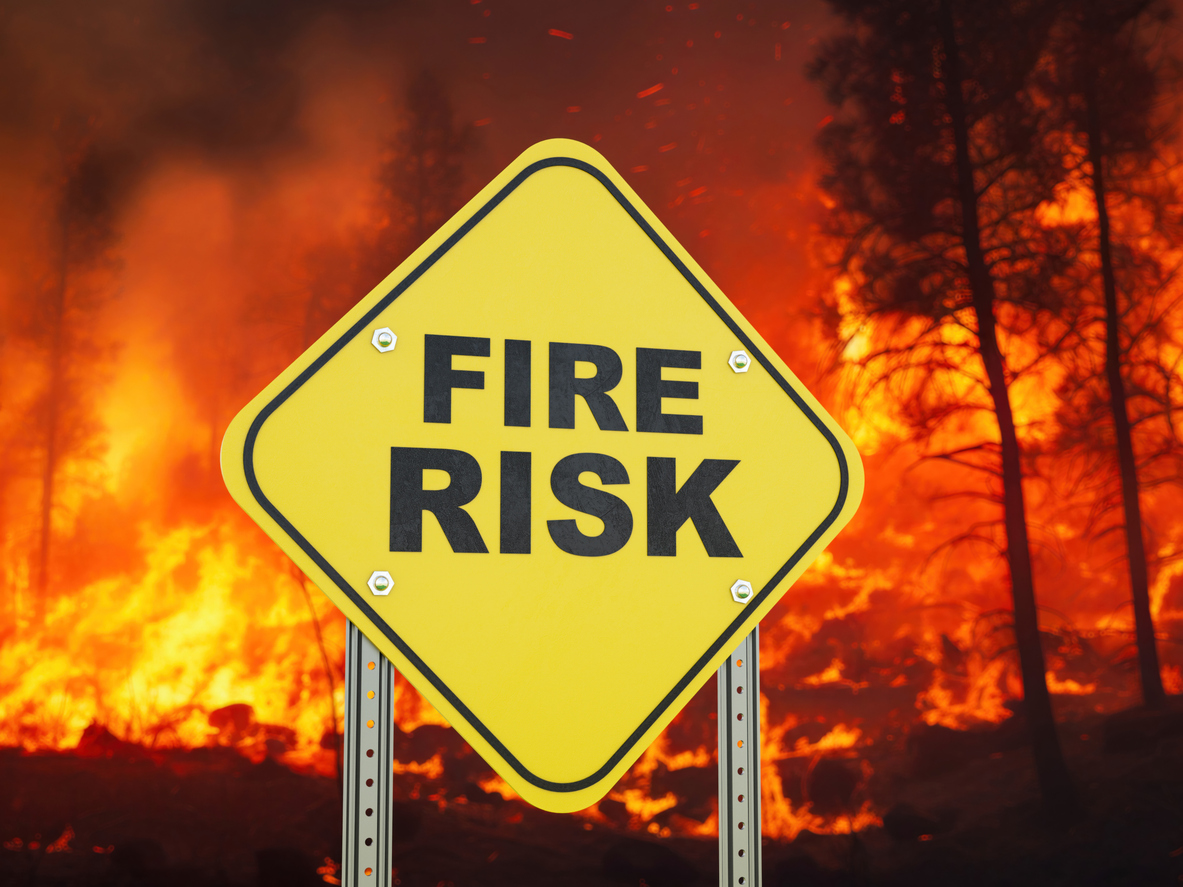(*Chip Merlin’s Note–Rocco Calaci has been a noted meteorology expert witness in the Katrina Legal Wars. Click here to read his previous guest blogs)
In late April and May 2010, I wrote about the La Niña situation in the eastern Pacific Ocean, how it would develop, and its impact on the 2010 Atlantic hurricane season. One reason the forecast numbers for potential hurricanes is above average is due to the expected La Niña.
In today’s paper, NOAA issued a possible La Niña alert. NOAA announced that the conditions for La Niña were developing, and this scenario would be prevalent by August to September and extend into the beginning of 2011.
I’m here to tell you that La Niña isn’t coming in August because it is already here. A quick check of water temperatures off the coast of Central and South America (Pacific Ocean side) shows that the temperatures for this region are almost 1.5 degrees Celsius colder than average. The chart below is current as of July 8, 2010.
For a La Niña situation this is very cold, and, if this theory is correct, it should prove to be quite a hurricane season for the Atlantic and Gulf of Mexico areas.
The various forecasts from the National Hurricane Center show between 14 to 23 named storms this hurricane season. With a strong La Niña, I expect to see storms at the higher end of the predicted range.
The chart below shows how the numerical models are looking at La Nina conditions to persist into next year.
Typical La Niña conditions result in hotter temperatures in the South and fewer tornadoes east of the Mississippi. Remember, these so-called “typical” conditions are based solely on statistics from an era when there was little or no knowledge about El Niño/La Niña situations.
The two busiest hurricane seasons on record (1994 – 1995) occurred during La Niña conditions. At the same time, don’t overlook the fact that 2008, (Hurricane Ike) occurred during La Niña conditions and the infamous 2005 (Hurricane Katrina) happened during La Niña.
This year has already produced 2 tropical systems early in the season. We are receiving a warning loud and clear. Please take time to make hurricane plans. Inventory your belongings. Make necessary changes to your insurance policy. Many folks have their property under-insured, don’t let this happen to you. If you need to increase your insurance limits, then do so…don’t expect the insurance companies to know your needs. This is your responsibility.
As I said, the La Niña predictions are based on statistics. Sometimes the numbers are totally wrong, but it doesn’t hurt to prepare…just in case the numbers are correct.
–Rocco Calaci



